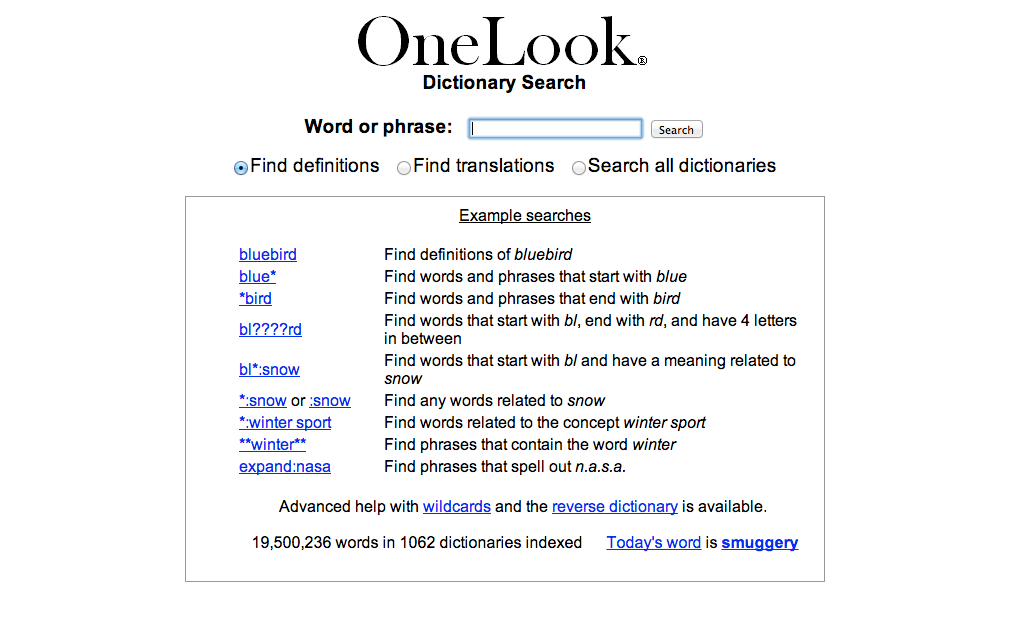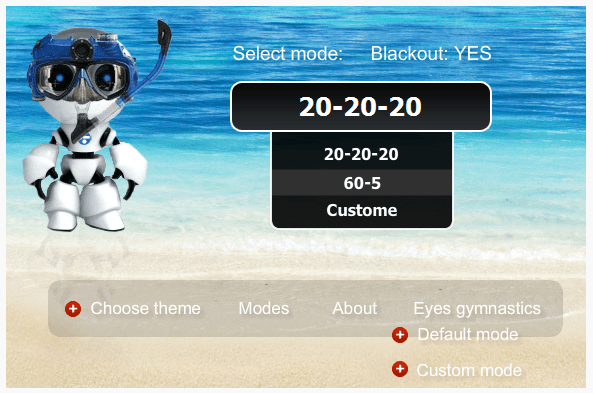It’s been a while since I’ve been in school, but I know a few friends who are still studying their way towards graduation. It amazes me how many tools currently exist out there to aid in the study process – tools that I would’ve loved to make use of back before I earned my degree. Unfortunately, my time for improved study habits is over, but you can still benefit! Technology is wonderful like that. If there’s a lack, then someone will find a way to create technology that works to help alleviate some of that lack. Can’t focus or concentrate? There’s a tool for that. Can’t seem to keep your due dates organized? No problem, technology can help. Distracted by the Internet? Yup, technology can save the day there, too. All it takes is a little bit of know-how and a little bit of setup and your study productivity will skyrocket in no time.
1) Keep Mental Clarity With Pomodoro Technique
I once heard that it’s better to study in small bursts with short breaks in between because it helps your mind retain information. The theory behind it had something to do with the fact that you’re more likely to remember the beginnings and ends of an event while the middle can get a bit fuzzy. Whether or not that’s true, my personal experience does say that short study bursts are more effective than long cramming sessions. That’s where the Pomodoro Technique steps in. The basic gist of the technique is that you set a timer for 20 minutes and work (or study) as hard as you can for that time length. When the timer ends, you’ll get a 10 minute break. You alternate between study and breaks throughout the day and you should see an improvement in your study habits. We’ve covered plenty of Pomodoro Technique apps and programs that were designed to help you stay on track. I’ve been using this technique for years and I cannot recommend it enough. It’s amazing. Give it try and see how it works for you.
2) Conquer Tasks With To-Do Lists
I feel like I’m tooting an ancient horn every time I mention to-do lists in the same breath as productivity, but there’s a reason why to-do lists are so popular: they work! Perhaps it has something to do with the psychological satisfaction of clearing a list one by one until you have nothing left. It’s wildly cathartic. A lot of people use to-do lists to help them remember what they need to buy from the grocery store or something along those lines, but to-do lists can be helpful for studying. The key is to break down big projects into smaller and smaller tasks until each task can’t be broken down any further. Then, one by one, you go through and complete them, all the while ticking them off of the list. One huge benefit is that those huge projects seem less daunting when you’ve broken them down. For example, maybe you need to “study for the final” that you have next week. Break that down: you actually have to “study chapters 3, 6, 8, 9, and 10″ and “review lab reports.” Well, those can be broken down even further: “read pages 90 to 100, 100 to 120, review lab report 3, review lab report 4,” and so on and so forth. This way, studying is more methodical, even seems doable now. My recommendations for to-do lists include Do It (Tomorrow), Any.DO, and Todo.txt.
3) Look Up Strange Terms With OneLook.com
For those of you involved in high-level studies with words or concepts that are difficult to parse, OneLook might be the site for you. In layman’s terms, OneLook is a dictionary, but it’s an advanced dictionary like none you’ve ever seen. I thought I’d seen everything the Internet currently has to offer, but OneLook definitely took me by surprise. The basic lookup involves a search query for a word or phrase, then OneLook will spit back a definition. If you want to include or exclude specific dictionaries, you can do that. There is also the option to search translations instead of dictionaries. But coolest part, if you ask me, is the reverse dictionary, which takes a described concept and returns potential words that encapsulate that concept. Another great feature of OneLook is its advanced searching. You aren’t just limited to looking up specific words like in other online dictionaries. Instead, you can search with wildcards, placeholders, search for words with similar meanings, words with similar concepts, phrases that fit an acronym, and more. Once you learn the intricacies, you’ll have a powerful tool in your hands.
4) Temporarily Block Websites
It’s funny how some of our greatest distractions today are technology, which was meant to make life easier and more efficient. Smartphones, computers, and the Internet can put up a roadblock when you need to study. Fortunately, technology comes to the rescue and protects you against technology: timed programs that temporarily block some, or all, websites so you are forced to study. The one I recommend most is a Windows desktop program called FocalFilter. With it, you can manage a list of sites to block. All you have to do is type in a bunch of websites, set a block duration, then click the button. This tool will block access to these websites for the duration on all major browsers: IE, Chrome, Firefox, and Safari. Sorry, Opera users. Highly recommended. For browser-specific alternatives, you can check out LeechBlock for Firefox and StayFocusd for Chrome.
5) Use Nag Reminders to Remember to Study
Another big problem when I used to have when I was a student was that I’d take a short break and get completely side-tracked by whatever I ended up doing on break. “Just a quick glance at a website” turned into three hours of browsing and an aching back. “One more game” turned into five more games and suddenly all of my study time was gone. If you run something like the Pomodoro Technique above, then the frequent alarm buzzes will minimize this risk and keep you on track. However, if you don’t like Pomodoro, then what can you use? Fortunately, there are a number of “nag reminder” tools out there that will periodically remind you to do whatever it is you set as the reminder. A good one that I like is PesterMe, which happens to be really old (last updated in 2006) but still works well for me (at least on Windows 7). It sits in the background and displays a popup when the reminder duration runs out. For alternatives, you can check out these three reminder tools which are meant to remind you to take breaks, but you can flip them around and use them to remind you to stop breaking.
Conclusion
The general consensus, at least in my circles, is that technology is a big hindrance to study. Websites, email, instant messengers, and video games might as well be flashing neon signs that point you away from work. However, hopefully the tools above will not only convince you that technology can help reduce distractions, but maybe they’ll actually help you with your studies. What do you use to help you study? How do you fight distractions and keep focused? Share your experiences with us in the comments! 5 Ways Tech Can Help You Foster Better Study Habits | Make Use Of




